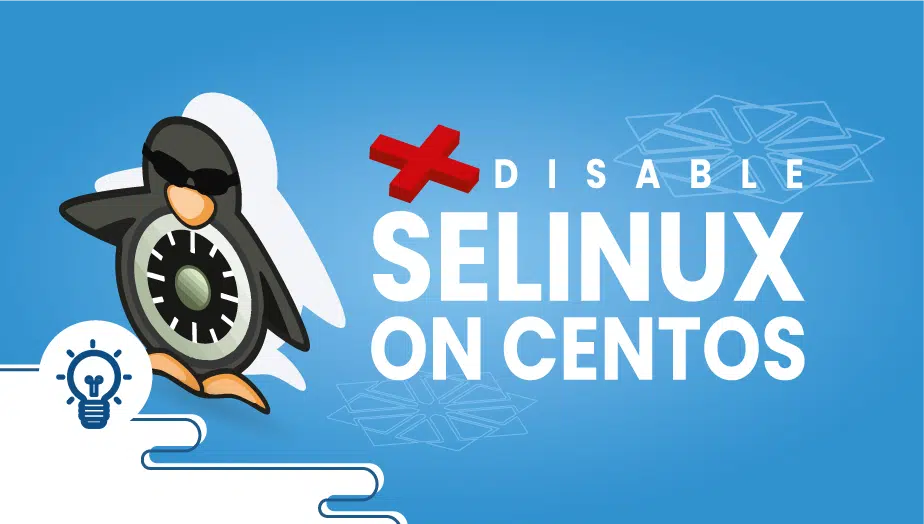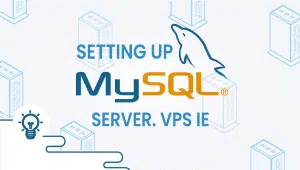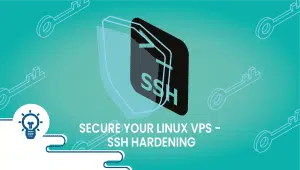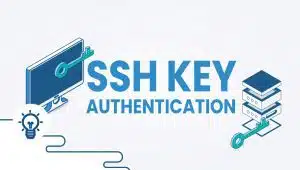How to Disable SELinux on CentOS
SE Linux is the acronym for Security-Enhanced Linux, which controls access to Linux systems built into the kernel. Typically, it determines the number of access users, programs, or services have to a plan. According to its default enforcement mode, SELinux prevents unauthorized access to any resource by logging all attempts. This principle, which aims to give as little power as possible to a user or program, requires explicit permission from these individuals to use files, directories, sockets, and other resources.
Before we get started, let me give you a quick overview of the SELinux modes,
There are three modes in which SELinux operates:
1) Enforcing: SELinux manages access via policy rules.
2) Permissive: SELinux only logs actions if they would have been forbidden.
3) Disabled: SELinux is disabled, and no logs are generated.
SELinux should be used in the enforcing mode. When an application is incompatible with SELinux, it may be necessary to remove it entirely. We cover this procedure here.
Let’s start
Step 1: Check SELinux Status
Use the following command:
sudo sestatus
Find the lines relevant to this tutorial with grep:
# sudo sestatus | grep 'SELinux status\|Current mode'
SELinux status: enabled
Current mode: enforcing
Step 2: Temporarily Disable SELinux
sudo setenforce 0
Check again,
# sudo sestatus | grep 'SELinux status\|Current mode'
SELinux status: enabled Current mode: permissive
Please note that the Current mode is now permissive. Note that this change is only valid until the next reboot.
Step 3: Permanently Disable SELinux
You can disable SELinux and make it persistent across reboots by editing /etc/selinux/config.
sudo nano /etc/selinux/config
Specify permissive or disabled for SELINUX directive.
SELINUX=disabled
Once the file is saved and exited, restart your system,
sudo shutdown -r now
Then, check the status.
# sudo sestatus
SELinux status: disabled
That’s it!
VPSie is looking forward to embarking on a new journey with you!
Understand NVMe (Non-Volatile Memory Express)
SELinux (Security-Enhanced Linux) is a security feature built into the Linux kernel that provides access control security policies. While it is a powerful security feature, it can sometimes interfere with legitimate operations such as running certain applications or accessing certain files. In such cases, disabling SELinux can be a solution.
To check if SELinux is enabled on your CentOS system, you can use the sestatus command. If SELinux is enabled, it will display the current mode (enforcing, permissive, or disabled) and other related information.
There are three modes of SELinux: enforcing, permissive, and disabled. The enforcing mode is the default mode that enforces SELinux policies, the permissive mode allows SELinux policies to be logged without enforcing them, and the disabled mode completely disables SELinux.
To temporarily disable SELinux, you can run the command setenforce 0. This will set SELinux to permissive mode, which allows SELinux policies to be logged without enforcing them.
To permanently disable SELinux, you can modify the SELinux configuration file located at /etc/selinux/config. Open the file in a text editor and change the value of the SELINUX parameter to disabled. Save the file and reboot the system for the changes to take effect.
Disabling SELinux can reduce the security of your CentOS system, so it is not recommended unless it is absolutely necessary. Instead of disabling SELinux, you can modify the SELinux policies to allow the legitimate operations that are being blocked.
You can use the semanage and setsebool commands to modify SELinux policies on CentOS. The semanage command allows you to manage SELinux policy modules, while the setsebool the command allows you to modify SELinux boolean values that control various aspects of SELinux policy.























